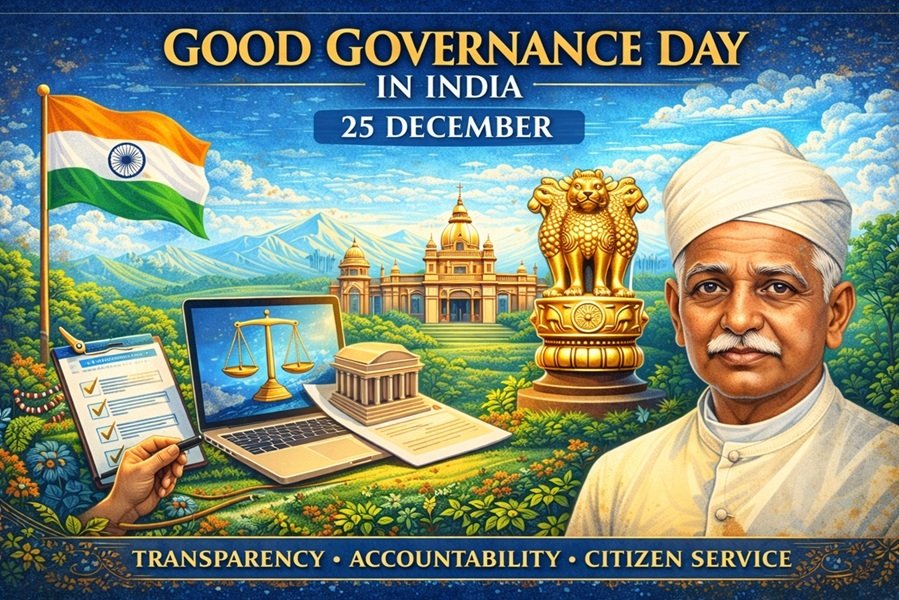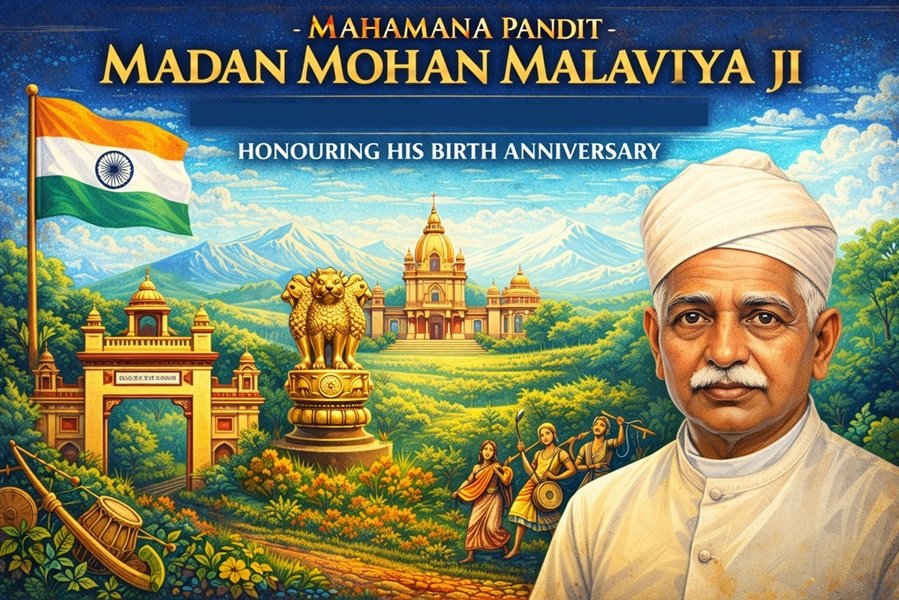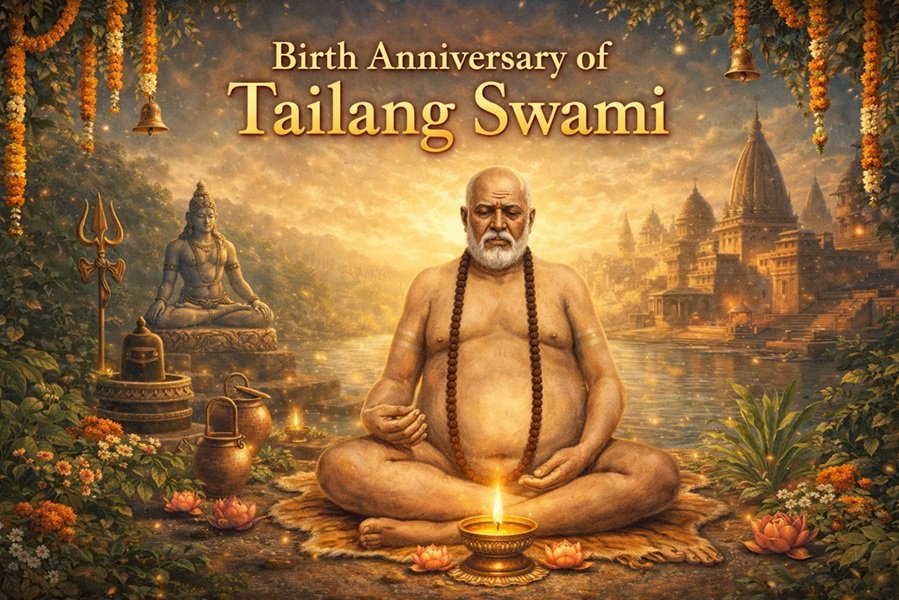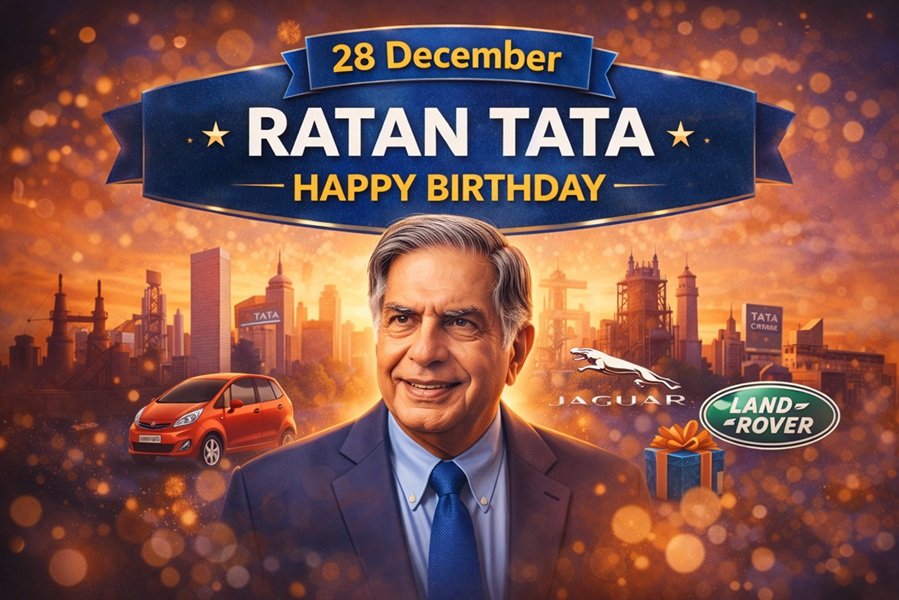
The Constitution of India, adopted on January 26, 1950, is the supreme law of the land, laying the foundation for the world’s largest democracy. Among its numerous provisions, Article 14 stands as a beacon of justice and equality, forming the bedrock of India’s democratic and constitutional framework. It proclaims the right to equality before the law and equal protection of the laws, serving as a cornerstone for safeguarding individual rights and fostering social justice.
The Text of Article 14
Article 14 of the Indian Constitution states:
“The State shall not deny to any person equality before the law or the equal protection of the laws within the territory of India.”
This seemingly simple yet profound provision embodies two key principles:
- Equality Before the Law: This concept, derived from the British common law, ensures that no individual is above the law, irrespective of their position or status. It signifies the absence of any special privileges in favor of any individual and the equal subjection of all classes to the ordinary law.
- Equal Protection of the Laws: Borrowed from the American Constitution, this principle mandates the State to provide equal treatment under similar circumstances. It allows for classification to achieve equality but prohibits class legislation.
Understanding the Dual Aspects of Article 14
The interpretation of Article 14 has evolved significantly over time through judicial pronouncements. Its two facets, though interrelated, serve distinct purposes:
Equality Before the Law
This aspect emphasizes uniformity and universality. It ensures that every individual, regardless of their socio-economic or political status, is subject to the same laws. For example, public officials, private citizens, and even the highest constitutional functionaries are equally bound by the law.
Equal Protection of the Laws
While “equality before the law” advocates for uniformity, “equal protection of the laws” recognizes the need for treating unequals differently to achieve substantive equality. This principle justifies reasonable classification based on intelligible differentia and ensures that such classifications serve a legitimate objective. For instance, affirmative action policies, such as reservations for Scheduled Castes, Scheduled Tribes, and Other Backward Classes, are grounded in this principle.
Judicial Interpretation and Landmark Cases
Over the years, the Indian judiciary has played a pivotal role in interpreting and expanding the scope of Article 14. Some landmark judgments include:
State of West Bengal v. Anwar Ali Sarkar (1952)
In this case, the Supreme Court struck down a law allowing for the trial of certain offenses by a special court without adhering to ordinary procedures. The Court held that such a classification was arbitrary and violated Article 14.
Maneka Gandhi v. Union of India (1978)
This case marked a paradigm shift in the interpretation of Article 14. The Supreme Court ruled that the right to equality under Article 14 is intertwined with other fundamental rights, such as the right to life and personal liberty under Article 21. The judgment emphasized that any law must pass the test of reasonableness and non-arbitrariness to satisfy Article 14.
E. P. Royappa v. State of Tamil Nadu (1974)
The Court introduced the doctrine of arbitrariness in this case, holding that equality under Article 14 is violated if any action of the State is arbitrary and not based on rational principles.
Navtej Singh Johar v. Union of India (2018)
In this landmark case, the Supreme Court decriminalized consensual homosexual acts between adults, recognizing that Section 377 of the Indian Penal Code violated the principles of equality and non-discrimination enshrined in Article 14.
Reasonable Classification and Its Tests
Article 14 permits reasonable classification to address diverse societal needs and conditions. However, such classification must satisfy two tests:
- Intelligible Differentia: The classification must be based on clear and distinguishable criteria.
- Rational Nexus: There must be a rational connection between the classification and the objective sought to be achieved.
For example, laws providing special benefits to marginalized communities like Scheduled Castes and Scheduled Tribes are valid as they address historical injustices and aim to ensure social justice.
Limitations and Challenges
Despite its profound significance, the application of Article 14 faces certain challenges:
- Arbitrariness in State Action: Instances of arbitrary and discriminatory practices by authorities highlight the difficulty of implementing Article 14 in its true spirit.
- Economic and Social Inequality: Persistent disparities in wealth, education, and access to resources hinder the realization of substantive equality.
- Judicial Overreach: Critics argue that the judiciary sometimes oversteps its mandate by extending the scope of Article 14 to areas better addressed by the legislature.
Article 14 in the Modern Context
In contemporary times, Article 14 serves as a bulwark against discrimination in various forms, including gender, caste, religion, and sexual orientation. It has been instrumental in:
- Promoting gender justice through laws like the Protection of Women from Domestic Violence Act, 2005.
- Addressing caste-based discrimination and atrocities.
- Ensuring the rights of LGBTQ+ individuals.
- Advocating for transparency and accountability in governance.
Conclusion
Article 14 of the Indian Constitution embodies the timeless ideal of equality, forming the foundation of a just and inclusive society. Its dual principles of “equality before the law” and “equal protection of the laws” are not merely legal provisions but a reflection of India’s commitment to democracy, human rights, and social justice. While challenges remain in its implementation, the evolving jurisprudence and active participation of civil society continue to strengthen the relevance of Article 14 in addressing contemporary issues. As India progresses, Article 14 will remain a guiding light, ensuring that the ideals of equality and justice are upheld for all.







